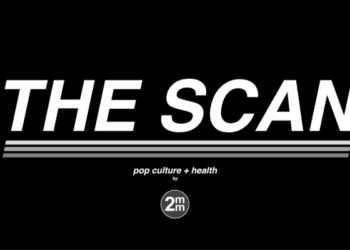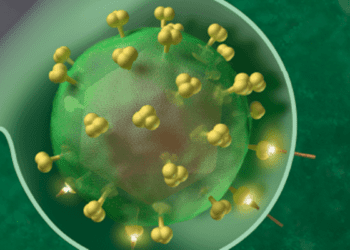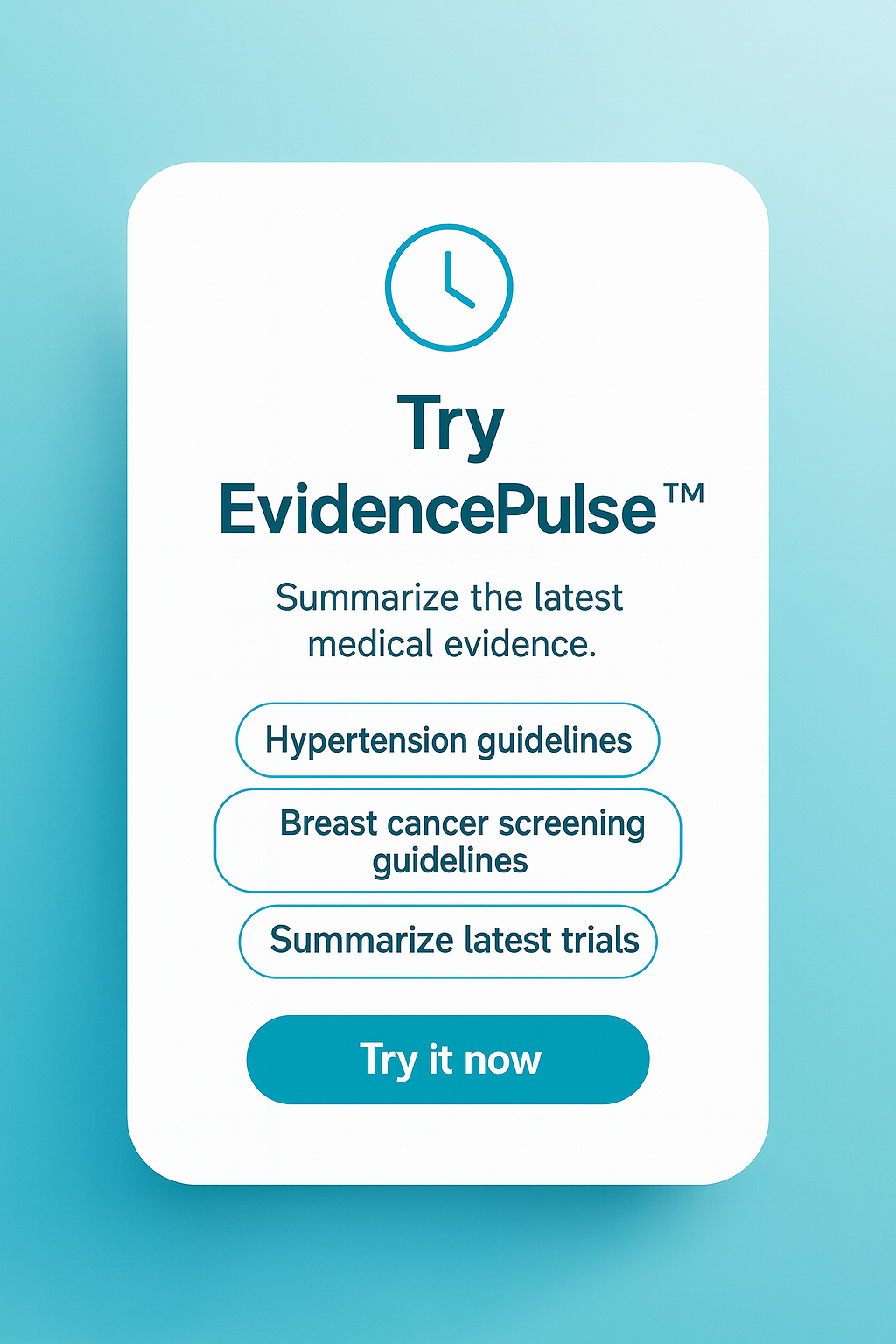Cervical length may predict preterm delivery
1. Cervical length was inversely associated with preterm delivery across all gestational age groups.
2. With increasing gestational age, a lower cervical length cut-off value was needed to maximize negative predictive value of delivery within 14 days.
Evidence Rating Level: 2 (Good)
Study Rundown: Various methods of predicting preterm delivery (PTD) have been explored to identify mothers at greatest risk. Prematurity is a major cause of neonatal morbidity and mortality and early identification of potentially premature infants can help ensure that parents receive adequate anticipatory guidance and that the infants receive appropriate health care. Current methods available to providers to predict risk of impending delivery include digital examination (which may demonstrate cervical dilation), fetal fibronectin (which may indicate preterm rupture or membranes) and several biomarkers. However, these risk factors have been shown to have limited individual predictive ability. Previous studies suggest that decreased cervical length (CL) is associated with an increased risk of PTD. The present work is the first to evaluate whether gestational age (GA) influences this risk. It is the first study to identify cut-off values to maximize the predictive value of CL. The authors found that GA does not impact the predictive ability of CL but that with increasing GA, a lower cut-off value was needed to maximize negative predictive value (NPV) of delivery within 14 days.
Limitations of this study include retrospective design and failure to account for possible confounders. While factors such as age, past preterm delivery, and intervention for PTD were noted to be variable, no statistical model was used to explore their effects on the observed findings. Future work should include a prospective cohort study with regression analysis adjusting for confounders. Additional studies comparing PTD prediction models that may combine multiple methods is also merited and may yield improved predictive ability for PTD compared to individual predictors.
Click to read the study in AJOG
In-Depth [retrospective cohort]: This study evaluated the utility of using cervical length (CL) as a predictor of PTD among women presenting with threatened PTD, defined as ≥3 regular contractions within 30 minutes, between 24+0 to 26+6 (n=223), 27+0 to 29+6 (n=274), 30+0 to 31+6 (n=283) and 32+0 to 33+6 (n=297) weeks GA. Outcomes of interest were GA at presentation and delivery, as well as sensitivity, specificity, positive predictive value and negative predictive value (NPV) of cervical length for PTD.
CL at presentation was inversely related to rate of PTD. The ability of CL to predict PTD was similar across GA groups (p=0.7-0.8 for all). The cutoff values for CL to maximize NPV of delivery within 14 days of presentation were 3.6cm for women presenting from 24+0 to 26+6, 3.25cm from 27+0 to 29+6 weeks, 2.4cm from 30+0 to 31+6 weeks and 2.05cm from 32+0 to 33+6 weeks GA.
More from this author: Recurrent pregnancy loss associated with increased cardiovascular morbidity, Home self sonograms for assisted reproduction comparable to in-office imaging, Induction of labor more successful with standardization, The TRINOVA-1 trial: trebananib decreases progression of recurrent ovarian cancer, Contraceptive use before first intercourse linked with improved reproductive outcomes
Image: PD
©2012-2014 2minutemedicine.com. All rights reserved. No works may be reproduced without expressed written consent from 2minutemedicine.com. Disclaimer: We present factual information directly from peer reviewed medical journals. No post should be construed as medical advice and is not intended as such by the authors, editors, staff or by 2minutemedicine.com. PLEASE SEE A HEALTHCARE PROVIDER IN YOUR AREA IF YOU SEEK MEDICAL ADVICE OF ANY SORT








